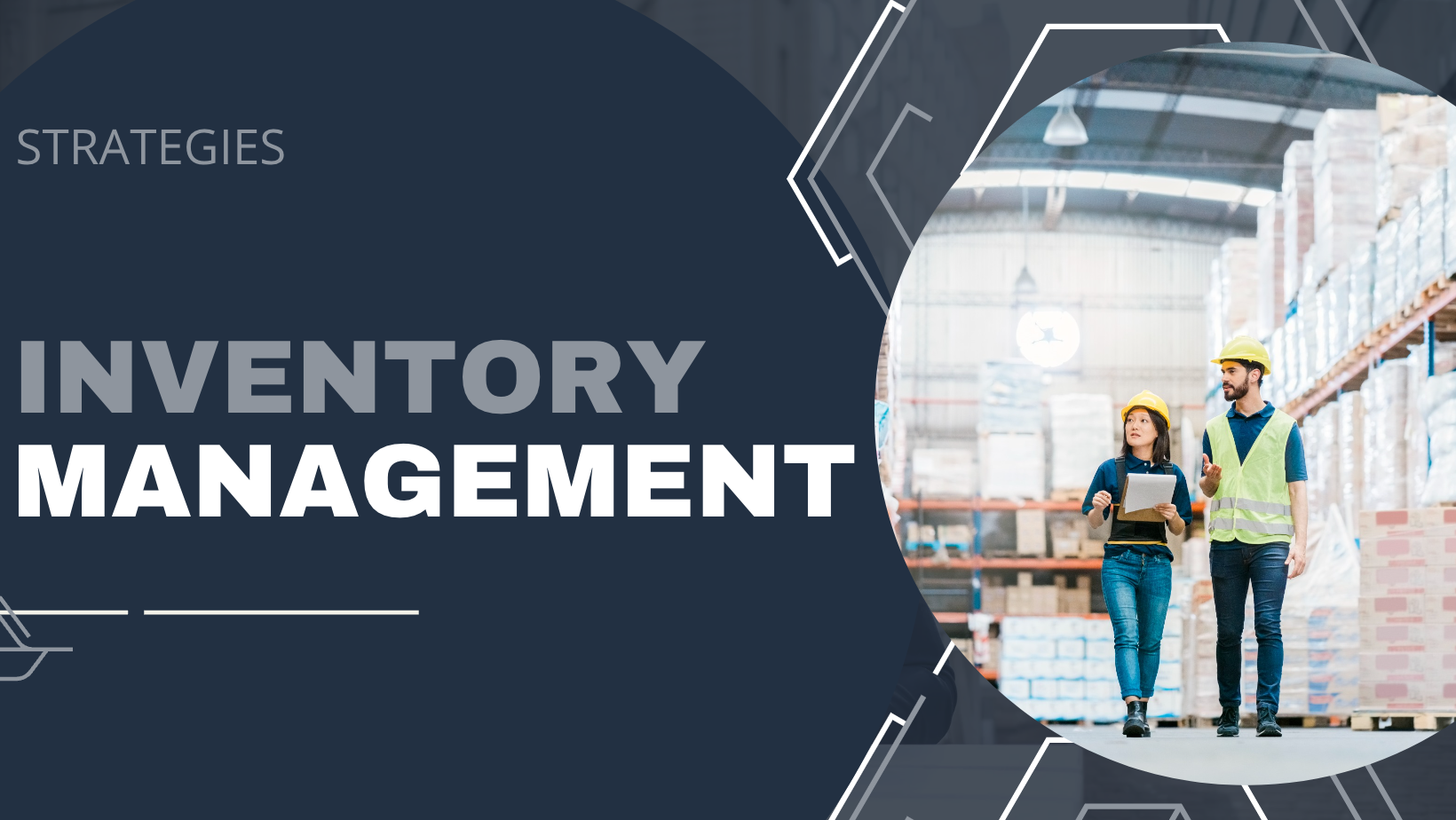Effective Strategies for Managing Inventory: Tips from an IT Industry Expert
- Introduction
- The Importance of Inventory Management
- The Challenges of Inventory Management
- Strategy 1: Accurate Forecasting and Demand Planning a. The Role of Data Analytics in Forecasting b. The Benefits of Collaborating with Suppliers
- Strategy 2: Optimize Your Inventory Levels a. The Cost of Overstocking b. The Cost of Understocking c. Implementing Just-In-Time (JIT) Inventory
- Strategy 3: Embrace Automation and Technology a. Barcode Scanning and RFID b. Inventory Management Software
- Strategy 4: Continuous Improvement and Process Refinement a. Monitoring and Reviewing Key Performance Indicators (KPIs) b. Implementing Lean Management Techniques
- Conclusion
- FAQs
Introduction
Inventory management is essential for any business dealing with physical products. A company’s success largely depends on its ability to effectively manage its inventory levels, ensure timely deliveries, and meet customer demands. However, inventory management can be complex and challenging, particularly for small and medium-sized businesses (SMBs) that lack the resources and expertise to manage their inventory effectively. In this article, we will discuss some of the most effective strategies for managing inventory, as recommended by IT industry experts.
The Importance of Inventory Management
Inventory management is crucial for businesses of all sizes as it ensures that the right products are available in the right quantities at the right time. Effective inventory management improves customer satisfaction, reduces inventory holding costs, and increases profitability. Furthermore, it helps businesses maintain a competitive edge in the market by ensuring they have the necessary products to meet customer demands.
The Challenges of Inventory Management
Effective inventory management can be challenging for businesses, especially when dealing with large product lines and multiple suppliers. One of the biggest challenges is inaccurate forecasting and demand planning, leading to overstocking or understocking inventory. Another challenge is the cost of holding inventory, which includes warehousing, insurance, and depreciation costs. Additionally, managing inventory manually can be a time-consuming process and can lead to errors, which can have a significant impact on business operations.
Strategy 1: Accurate Forecasting and Demand Planning
Accurate forecasting and demand planning are critical components of effective inventory management. By accurately predicting demand, businesses can ensure they have the right products in the right quantities. One way to improve forecasting accuracy is by leveraging data analytics. By analyzing historical sales data, businesses can identify trends and patterns that can help them predict future demand accurately.
Collaborating with suppliers is another effective way to improve forecasting accuracy. By sharing sales data with suppliers, businesses can work together to optimize inventory levels, reduce lead times, and ensure timely deliveries.
Strategy 2: Optimize Your Inventory Levels
Optimizing inventory levels is essential to ensure businesses have the right products available at the right time. Overstocking can increase holding costs, while understocking can lead to lost sales and dissatisfied customers. Implementing just-in-time (JIT) inventory is an effective way to optimize inventory levels. JIT inventory involves ordering products only when needed, thus minimizing holding costs and reducing the risk of overstocking.
Strategy 3: Embrace Automation and Technology
Embracing automation and technology can help businesses streamline their inventory management processes and improve accuracy. Barcode scanning and radio-frequency identification (RFID) effectively automate inventory tracking. Inventory management software can also help businesses manage their inventory levels more efficiently and accurately, as it provides real-time visibility into inventory levels, enables automated reorder notifications, and helps businesses track inventory movement throughout the supply chain.
Strategy 4: Continuous Improvement and Process Refinement
Continuous improvement and process refinement are essential to ensure that businesses are continually improving their inventory management processes. One effective way to achieve this is by regularly monitoring and reviewing key performance indicators (KPIs). KPIs such as inventory turnover, carrying costs, and order lead times can help businesses identify areas for improvement and track progress toward their inventory management goals.
Implementing lean management techniques can help businesses streamline their inventory management processes and reduce waste. By eliminating unnecessary steps and reducing lead times, businesses can improve inventory accuracy and reduce costs.
Conclusion
In conclusion, effective inventory management is critical for businesses of all sizes. By implementing the strategies outlined in this article, businesses can improve their forecasting accuracy, optimize inventory levels, embrace automation and technology, and continuously improve their inventory management processes. These strategies can help businesses reduce costs, improve customer satisfaction, and maintain a competitive edge in the market.
FAQs
Q1. What is inventory management?
A1. Inventory management is managing and controlling a business’s inventory levels to ensure that the right products are available in the right quantities at the right time.
Q2. What are the benefits of effective inventory management?
A2. Effective inventory management can improve customer satisfaction, reduce inventory holding costs, and increase profitability.
Q3. What are some of the challenges of inventory management?
A3. Some inventory management challenges include inaccurate forecasting and demand planning, high holding costs, and manual inventory management processes.
Q4. What is just-in-time (JIT) inventory?
A4. Just-in-time (JIT) inventory involves ordering products only when needed, thus minimizing holding costs and reducing the risk of overstocking.
Q5. What are some key performance indicators (KPIs) for inventory management?
A5. Key performance indicators (KPIs) for inventory management include inventory turnover, carrying costs, and order lead times.





